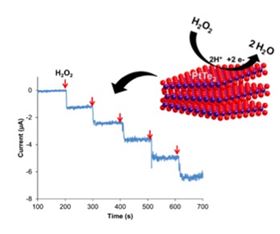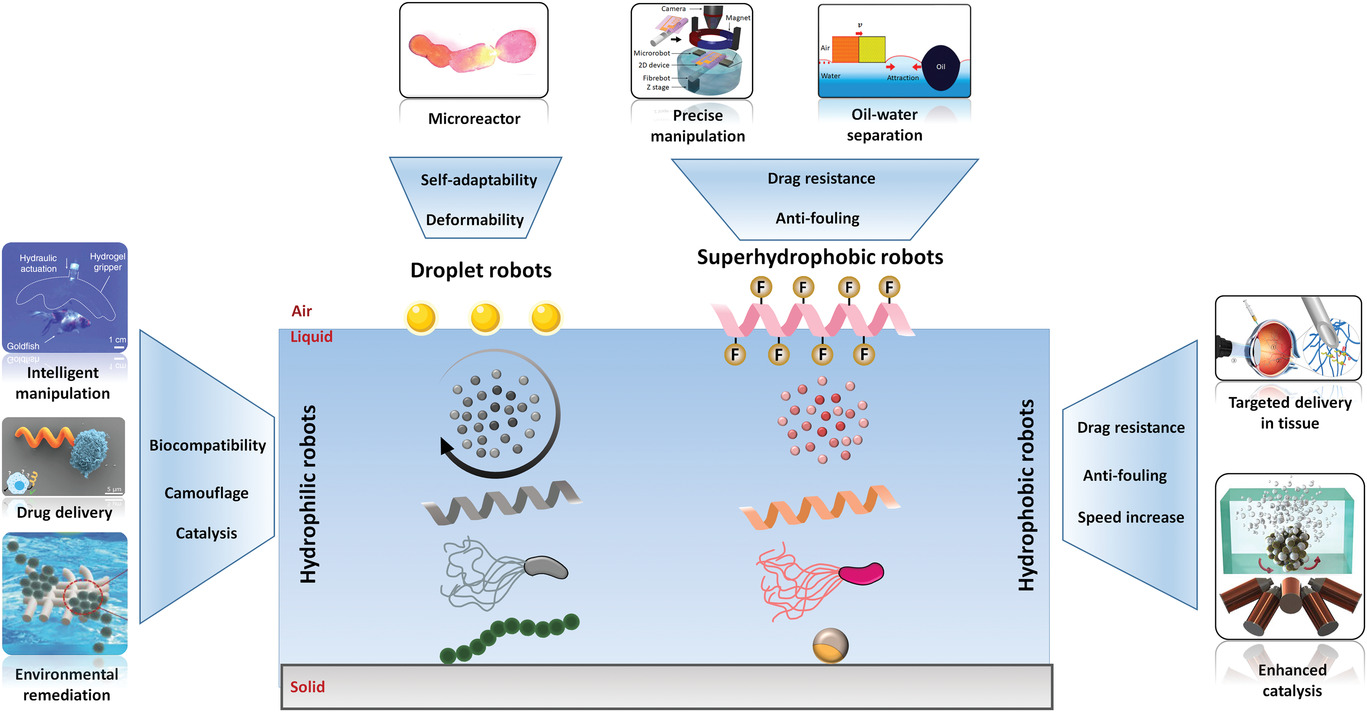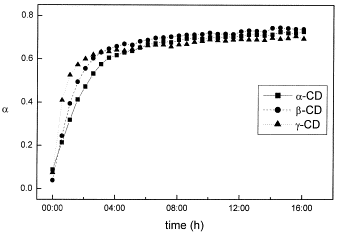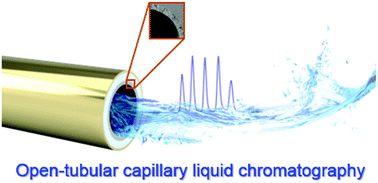paper archives
Stay hungry, stay foolish. You are as good as your last paper.
Fluorographites (CFx)(n) Exhibit Improved Heterogeneous Electron-Transfer Rates with Increasing Level of Fluorination: Towards the Sensing of Biomolecules
- Xinyi Chia, Adriano Ambrosi, Michal Otyepka, Radek Zboril, Martin Pumera*

Halogenated sp(2) materials are of high interest owing to their important electronic and electrochemical properties. Although methods for graphite and graphene fluorination have been extensively researched, the fundamental electrochemical properties of fluorinated graphite are not well established. In this paper, the electrochemistry of three fluorographite materials of different carbon-to-fluorine ratio were studied: (CF0.33)(n), (CF0.47)(n), and (CF0.75)(n). Our findings reveal that the carbon-to-fluorine ratio of fluorographite will impact the electrochemical performance. Faster heterogeneous electron-transfer (HET) rates and lowered oxidation potentials for ascorbic acid and uric acid are progressively obtained with increasing fluorine content. The fluorographite (CF0.75)(n) was in fact found to exhibit the most improved electrochemical performances with the fastest HET rates and significantly lowered overpotentials in the oxidation of ascorbic acid. Analytical parameters such as sensitivity and linearity were subsequently investigated by applying the fluorographite (CF0.75)(n) in the analysis of ascorbic acid and uric acid, which can be simultaneously detected. We determined good linear responses towards the detection of both ascorbic and uric acid. Fluorographites outperform graphites in sensing applications, which will have a profound impact on applications of fluorographites and fluorographene in sensing and biosensing.










